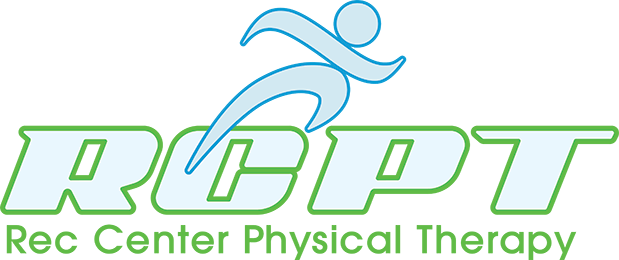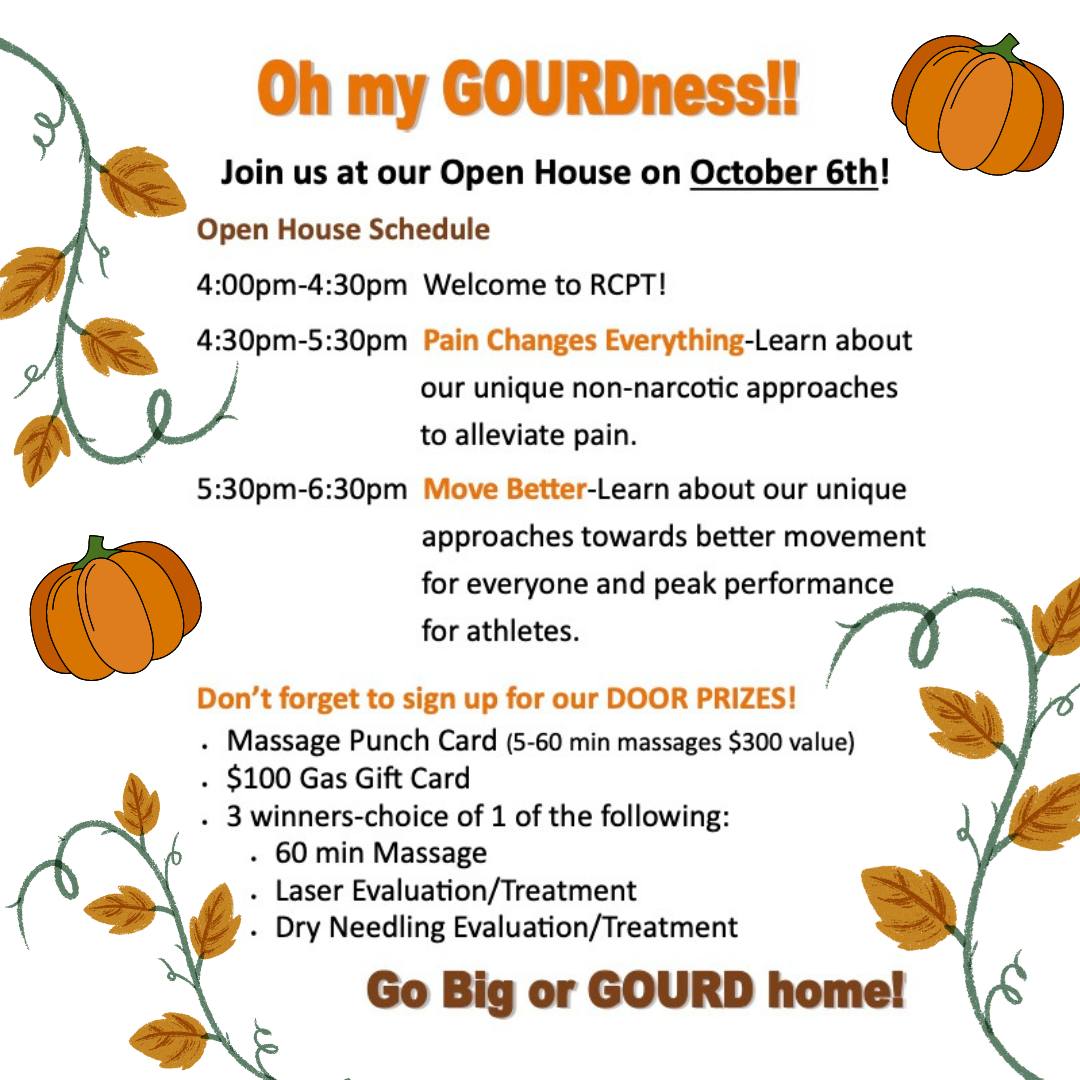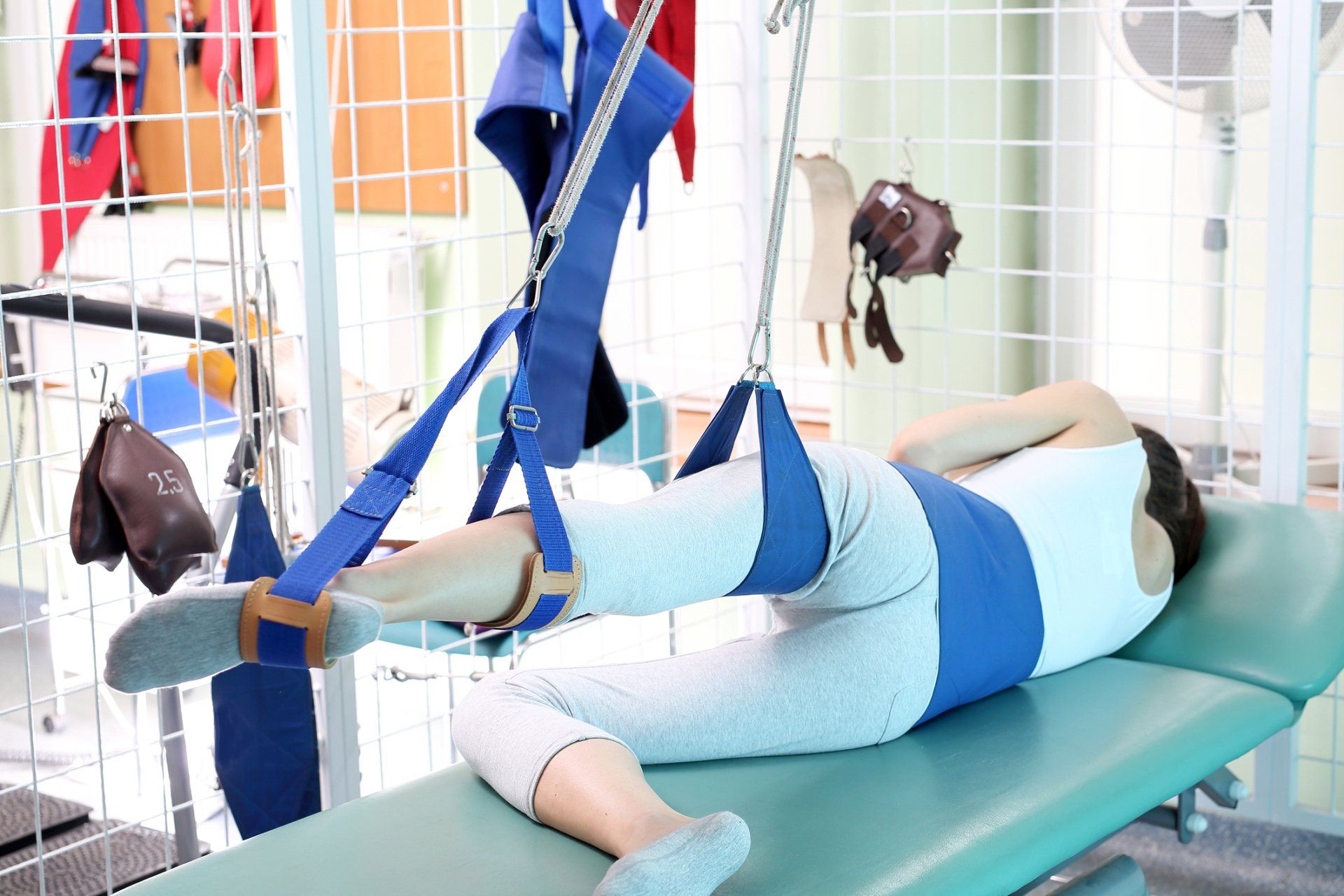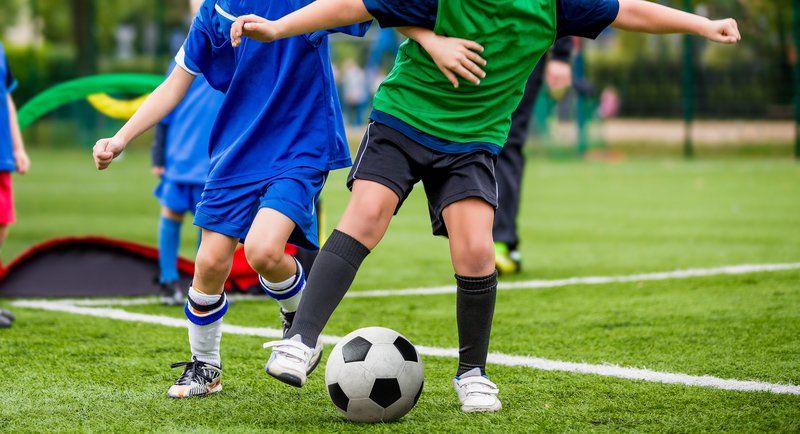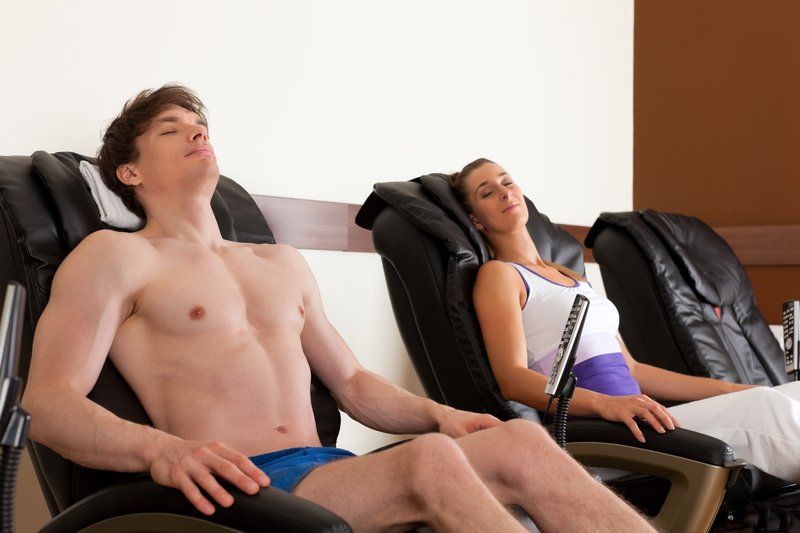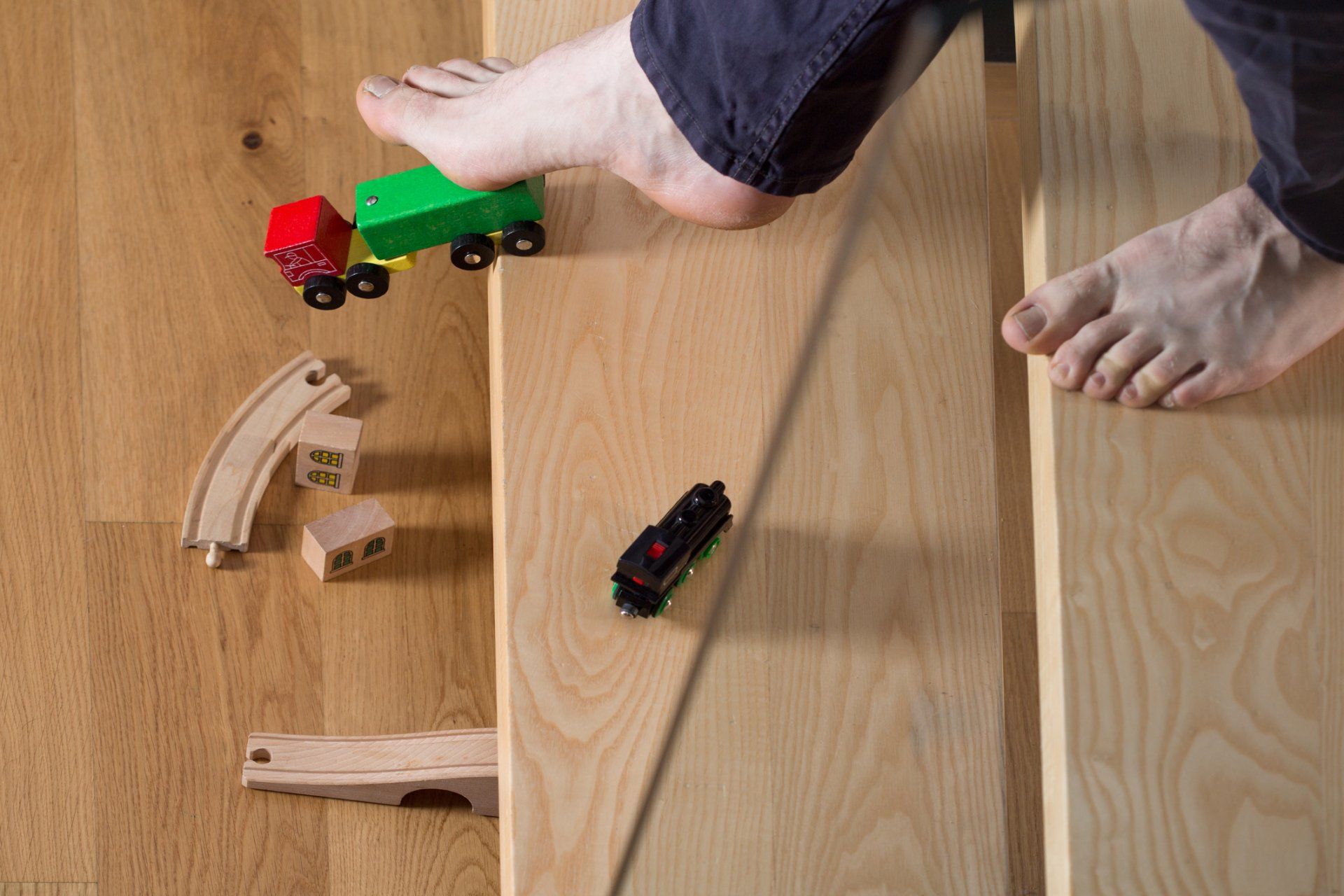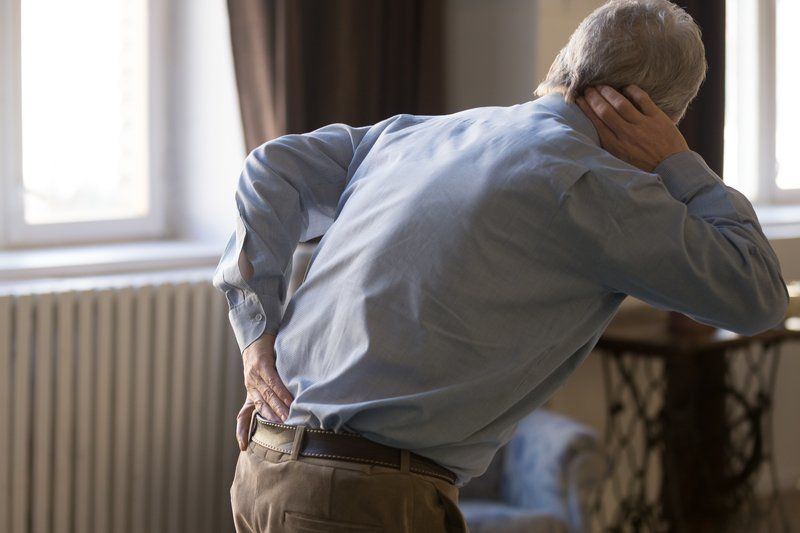What Men Need to Know about Varicose Veins and Their Health
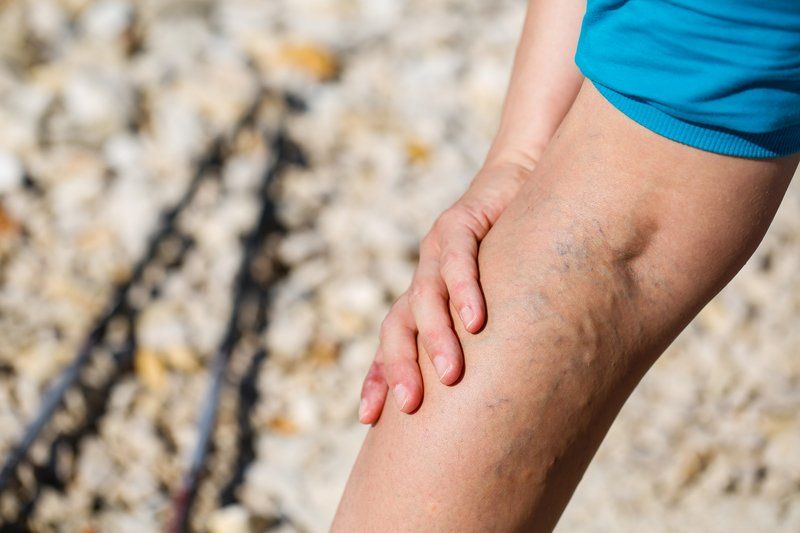
Varicose veins aren’t something that only women have to deal with. They can happen to anyone, and that includes men. If you suspect you are developing varicose veins, you’ll need to do some research. You should know what varicose veins are, understand risk factors and treatments, and many other things. This will help you understand what is going on with your body.
What Are Varicose Veins?
Varicose veins are generally the result of abnormal blood flow. The veins in the body bring blood back from the tissues to the heart and lungs to get oxygen. Blood can flow the wrong way in diseased veins. This is particularly true in the legs, where returning blood must fight gravity. The result is enlarged, painful, and unsightly veins . These typically develop and get worse as we age. Obesity, and just being overweight in general, places pressure on your veins, making you at a greater risk of developing varicose veins.
Beyond Bare Legs
The issues varicose veins present go beyond unattractive and visible veins on your bare legs. Even if you plan to always wear long pants, they're still something you should do something about for your health. Healthy veins work to pump blood back up to your heart; however, when there is a problem with your veins, such as varicose veins, those healthy veins quickly go from being fully-functioning and automated to being twisted, swollen blood vessels that can cause pain. Even if your varicose veins aren’t painful, they are a sign that blood flow is being restricted.
Risk Factors
Varicose veins, especially those specific to men, come with many risk factors . They look aesthetically unappealing but may eventually lead to discoloration of the skin, bleeding, abnormal leg sensations, skin ulcers, or other serious issues. It's possible a varicose vein in a man could eventually lead to a life-threatening complication. In addition to being unsightly, a varicose vein can be the cause of severe discomfort. Veins can cause pain, itchiness, throbbing, cramping, numbness, skin discoloration, swelling in the feet and ankles, or a feeling of heaviness in the legs. It’s in your best interest to avoid varicose veins if you want to stay comfortable and healthy.
Prevention
There are several things you can do to help with varicose vein prevention . The earlier you’re able to catch your vein problem and properly treat them, the easier things will go for you. Your varicose veins will not go away on their own, so you’ll need to get some help if you want them to be fixed. Even if your veins aren’t painful, you should still talk to a specialist in a vein clinic. Prevention can come through exercise, movement, compression socks, and diet.
Lifestyle Treatments
There are several lifestyle treatments for varicose veins. Certain health practices may delay them from developing or reduce their severity. You can incorporate daily exercise into your life, you can wear compression stockings to help with the pain, and you can elevate your legs. Wearing compression hose while standing can help move the blood back up the vein as will losing weight. Regularly changing positions and elevating your feet when possible can also be effective. Increasing your physical exercise and wearing loose-fitting clothes are important too. If you don’t know where to start, you can talk with a vein specialist and see what they recommend you change within your life to avoid varicose veins.
Medical Treatments
If the lifestyle treatments don’t help and your vein issues persist, you’ll need some additional treatment. Treatment for varicose veins has come a long way. There are multiple in-office treatment options that tend to be minimally invasive. Modern technology helps to turn varicose veins into something you don’t need to worry about. Lasers can help fix your vein issues through endovenous thermal ablation treatment, radiofrequency ablation treatment, or other minimally invasive procedures. Through these procedures, you won’t need to worry about being stuck in bed recovering for weeks. Treatment can have you back to normal life quickly.
Diet
Your diet can help you to regulate your varicose veins. You can watch what you eat and exercise more. Watching what you eat will affect your vein health and help you to lower the risk of getting varicose veins. You can eat more fiber, take more vitamin C, drink more water, eat more foods high in rutin (found in asparagus, berries, etc), and watch your salt intake. These simple dietary changes can help with your varicose vein problems.
Varicose veins can look unsightly and can be very painful. Understanding the risks, prevention tactics, and treatments can help you get through it. It’s important to understand this as early as possible so you can avoid varicose veins and avoid any pain and discomfort. If you have questions or concerns about varicose veins, reach out to your doctor for help.
Need some physical therapy? We have you covered !



